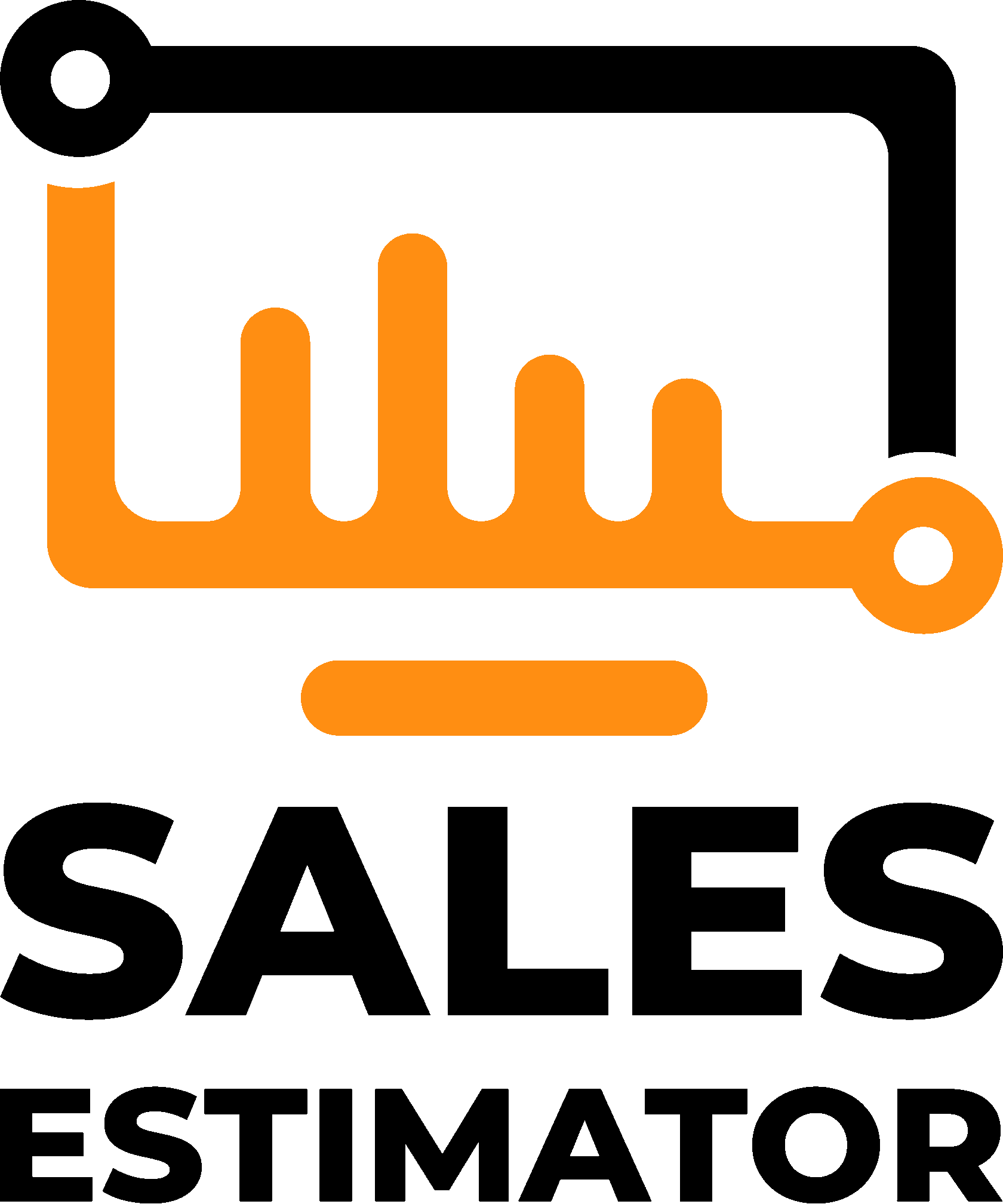
How to Find a Profitable Amazon Niche: Full Guide
When you're selling on Amazon, picking the right niche is one of the most important decisions you'll make. Whether you're building an FBA brand, running affiliate campaigns, or just exploring ecommerce, your success depends heavily on choosing products people want to buy — without drowning in competition.
This guide breaks down how to find a niche on Amazon, how to test if it’s worth your time, which tools can help, and what to avoid when making your decision. If you’re serious about discovering profitable, high-demand products with low competition, read on.
This guide breaks down how to find a niche on Amazon, how to test if it’s worth your time, which tools can help, and what to avoid when making your decision. If you’re serious about discovering profitable, high-demand products with low competition, read on.
What Is a Niche on Amazon (And Why It Matters)?
A niche on Amazon refers to a specific segment of the market with its own target audience and set of needs. For example, “eco-friendly kitchen gadgets” or “pet travel accessories” are niches within broader categories like Home & Kitchen or Pet Supplies.
Why does this matter?
Why does this matter?
- Better branding: It's easier to build authority and recognition around a specific need or lifestyle.
- Higher conversions: Niche audiences tend to be more engaged, which improves click-through and purchase rates.
- Easier scaling: Once you find traction, it's more straightforward to launch complementary products and grow your store.
Instead of trying to sell “everything for everyone” niche Amazon products allow you to specialize, stand out, and serve a dedicated customer base. This is especially important if you're launching an FBA store or getting into affiliate marketing, where targeted traffic and trust are key.
How to Come Up with Niche Ideas
Finding a good niche starts with research. Luckily, there are several reliable sources and tools to help spark ideas and uncover what people are actually searching for.
Start with what Amazon already shows you: the Best Sellers, Movers & Shakers, and New Releases sections. These highlight what's selling now and what’s gaining momentum.
Then, broaden your scope:
Start with what Amazon already shows you: the Best Sellers, Movers & Shakers, and New Releases sections. These highlight what's selling now and what’s gaining momentum.
Then, broaden your scope:
- Product research tools like AMZScout, Jungle Scout, and Helium 10 help you discover profitable niches based on real-time data.
- Platforms like Google Trends, TikTok, Reddit, and Etsy offer inspiration from outside Amazon. These are great for spotting what’s trending before it fully hits the marketplace.
As you explore, look for niches that:
- Show consistent or rising demand;
- Have moderate competition (not too many dominant players);
- Support strong margins (products priced around $20–$50 often work well);
- You don’t need to find something completely untapped—just a space where you can compete and bring something unique.
How to Evaluate and Validate a Niche
Once you’ve gathered niche ideas, the next step is validation. That means answering:
- Is there consistent demand?
- What is the competition level?
- Are there enough keywords to attract traffic?
- What’s the profit margin after fees and shipping?
- Are there any seasonal drops or restrictions?
- Can you build a brand in this space?
Skipping this step is one of the fastest ways to waste money on inventory that doesn’t move.
Best Tools to Analyze Niche Potential
Several well-known tools can help with Amazon niche research, including AMZScout, Jungle Scout, and Helium 10. These platforms provide insights into product demand, keyword volume, and competition levels. They’re useful for identifying trends, estimating potential sales, and assessing how viable a niche is before you commit time or inventory.
How to Check Sales for a Product in Your Niche
Once you've found a niche that seems promising, it’s helpful to check how well individual products within that space are performing. One simple way to do this is with the free Amazon Sales Estimator, which gives you an estimated monthly sales volume based on a product’s Best Seller Rank (BSR).
To get a fast estimate of a product's monthly sales volume:
To get a fast estimate of a product's monthly sales volume:
1. Go to Amazon and find a product that fits your niche.
2. Scroll to the “Product Information” section and find the Best Seller Rank (BSR).
3. Open the Amazon Sales Estimator tool.
4. Select the correct country and product category.
5. Enter the BSR and get an instant estimate of monthly sales.
2. Scroll to the “Product Information” section and find the Best Seller Rank (BSR).
3. Open the Amazon Sales Estimator tool.
4. Select the correct country and product category.
5. Enter the BSR and get an instant estimate of monthly sales.

This won’t tell you everything about the niche as a whole, but it’s a quick way to check whether at least some products in the category are in steady demand.
Mistakes to Avoid When Choosing a Niche
Choosing the right niche takes more than jumping on trends. Many beginners run into avoidable pitfalls that reduce their chances of long-term success.
1. Skipping market validation. Just because something looks cool doesn’t mean people are buying it. Always check search volume, competition level, and reviews.
2. Ignoring profit margins. Some niches have low margins due to shipping costs or price wars. If there isn’t enough room to profit after FBA fees and PPC, it’s not worth it.
3. Falling for fads. A trending niche isn’t always a sustainable one. Products that go viral can fade fast. Look for long-term demand.
4. Targeting the wrong audience. If your product solves a problem that no one is talking about, or it's unclear who it’s for, you’ll struggle with conversions.
5. Overlooking logistics. Heavy or fragile items mean higher shipping and return costs. Pick something lightweight, small, and easy to source.
1. Skipping market validation. Just because something looks cool doesn’t mean people are buying it. Always check search volume, competition level, and reviews.
2. Ignoring profit margins. Some niches have low margins due to shipping costs or price wars. If there isn’t enough room to profit after FBA fees and PPC, it’s not worth it.
3. Falling for fads. A trending niche isn’t always a sustainable one. Products that go viral can fade fast. Look for long-term demand.
4. Targeting the wrong audience. If your product solves a problem that no one is talking about, or it's unclear who it’s for, you’ll struggle with conversions.
5. Overlooking logistics. Heavy or fragile items mean higher shipping and return costs. Pick something lightweight, small, and easy to source.
Conclusion
Finding a niche on Amazon is part research, part strategy, and part instinct. But when you do it right, it sets the foundation for everything else: branding, conversions, growth, and repeat business.
Use Amazon niche finder tools like AMZScout, Jungle Scout, and Helium 10 to simplify the process. Explore high demand products with low competition. And focus on niches that make sense for your budget, fulfillment strategy, and customer interests.
Whether you're launching a full FBA brand or looking for niche items to sell on Amazon through affiliate marketing, the same principles apply: validate, test, and optimize.
Your goal isn’t to find a niche that looks good. It’s to find one that performs well. And with the right tools — including the free Amazon Sales Estimator—you’ll be better equipped to choose niche products that deliver real results.
Use Amazon niche finder tools like AMZScout, Jungle Scout, and Helium 10 to simplify the process. Explore high demand products with low competition. And focus on niches that make sense for your budget, fulfillment strategy, and customer interests.
Whether you're launching a full FBA brand or looking for niche items to sell on Amazon through affiliate marketing, the same principles apply: validate, test, and optimize.
Your goal isn’t to find a niche that looks good. It’s to find one that performs well. And with the right tools — including the free Amazon Sales Estimator—you’ll be better equipped to choose niche products that deliver real results.
Related articles
How to Start Retail Arbitrage on Amazon in 2025
Learn how retail arbitrage works, what tools and apps to use, and how to resell products on Amazon for profit — no brand or inventory required.
Amazon Prime Day 2025: Everything You Need to Know
Find out when Amazon Prime Day 2025 starts, what deals to expect, and how to prepare. Tips for shoppers and sellers, plus key dates and offers.
How Amazon Influencers Can Help You Drive Product Sales in 2025
Learn how to work with Amazon influencers to promote your products, reach niche audiences, and drive traffic. Includes outreach tips, tools, and a guide to using the Amazon Sales Estimator for product validation.
How to Sell Books on Amazon in 2025: A Beginner’s Guide
Learn how to sell books on Amazon — whether you’re flipping used titles, publishing your own, or scaling a book-selling side hustle. Includes sourcing tips, pricing strategies, and tool recommendations.

